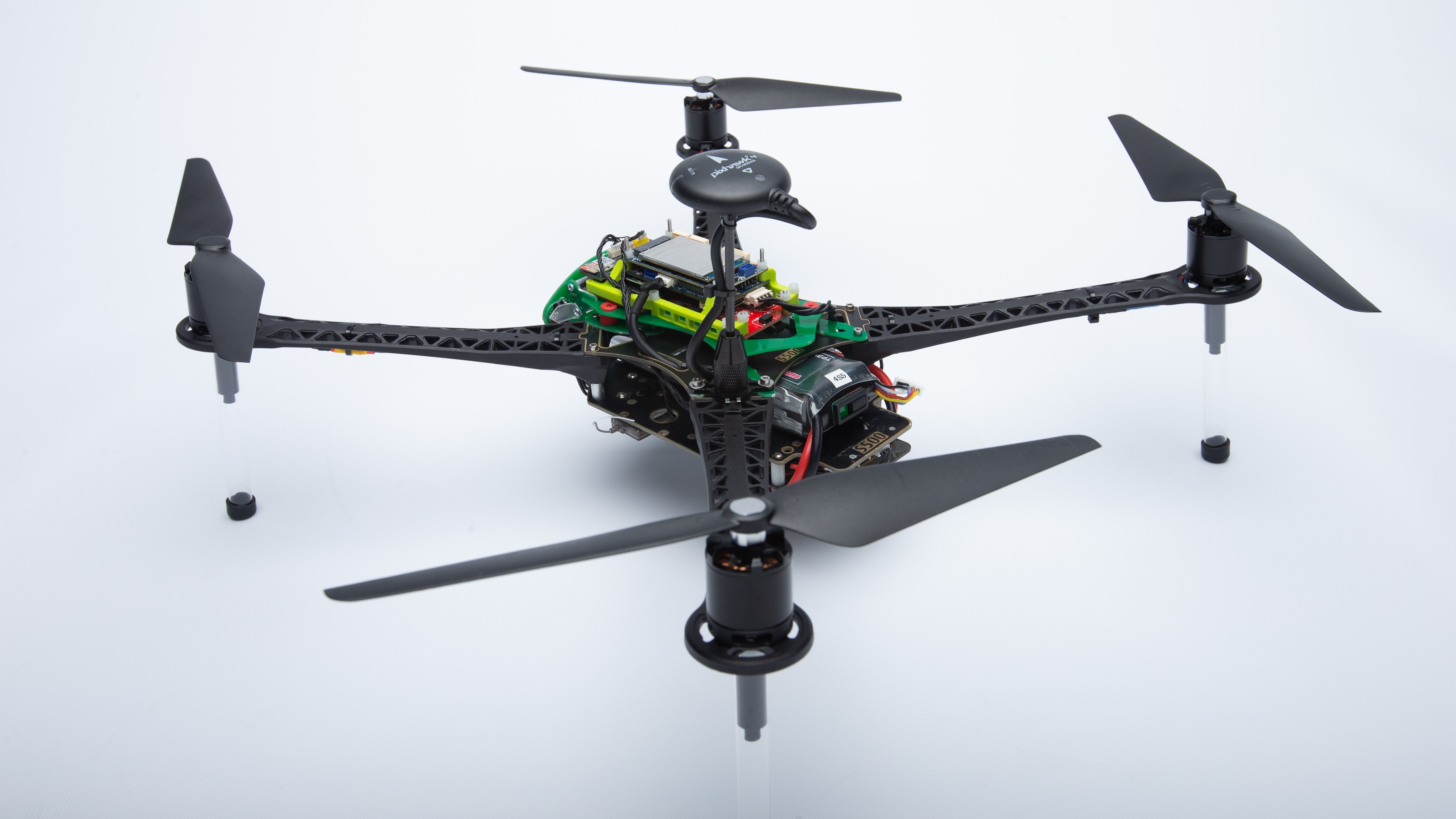
AI-Powered Drones: Revolutionizing Drone TechnologyAI-Powered Drones: Revolutionizing Drone Technology The advent of artificial intelligence (AI) has brought transformative advancements to various industries, and drone technology is no exception. AI-powered drones are rapidly redefining the landscape of aerial systems, offering unparalleled capabilities and opening up new possibilities. Autonomous Navigation and Control: AI algorithms empower drones with the ability to navigate autonomously through complex and dynamic environments. They can analyze sensor data in real-time, make intelligent decisions, and adjust their flight paths accordingly. This enhances safety, reduces operator workload, and enables drones to perform tasks that were previously impossible. Object Detection and Recognition: AI-powered drones are equipped with advanced imaging systems and machine learning algorithms. This allows them to detect and recognize objects, people, and obstacles with remarkable accuracy. Drones can be programmed to identify specific targets, track their movement, and provide live situational awareness. Collision Avoidance and Hazard Detection: AI algorithms continuously monitor the surroundings of the drone and identify potential hazards. They can predict potential collisions, adjust the drone’s trajectory, and avoid obstacles autonomously. This feature significantly enhances safety and reduces the risk of accidents. Precision Control and Stabilization: AI algorithms can precisely control the drone’s flight parameters, ensuring smooth and stable operation. They analyze wind speed, altitude, and other factors to adjust the drone’s thrust, tilt, and attitude. This allows for precise hovering, aerial photography, and payload delivery. Extended Flight Range and Endurance: AI algorithms can optimize the drone’s flight path and conserve energy. By analyzing wind patterns and terrain characteristics, drones can extend their flight range and endurance, enabling them to cover larger areas or perform longer-duration missions. Applications and Benefits: AI-powered drones offer a wide range of applications in various industries, including: * Surveillance and Security: Real-time monitoring of critical infrastructure, border patrols, and disaster response. * Inspection and Maintenance: Automated inspection of buildings, bridges, and pipelines, reducing downtime and ensuring safety. * Delivery and Logistics: Efficient delivery of goods, medical supplies, and humanitarian aid, reaching remote and inaccessible areas. * Agriculture and Precision Farming: Monitoring crop health, spraying pesticides, and optimizing irrigation systems. * Aerial Photography and Videography: Stunning aerial footage and immersive experiences for film, tourism, and mapping. Conclusion: AI-powered drones represent a transformative leap in drone technology, unlocking new opportunities and revolutionizing the way we interact with the aerial environment. Their autonomous navigation, object detection, collision avoidance, precision control, and extended flight capabilities empower them to perform complex tasks with unparalleled efficiency and safety. As AI technology continues to advance, AI-powered drones will undoubtedly play an increasingly significant role in shaping the future of aerial systems.
Posted inNews